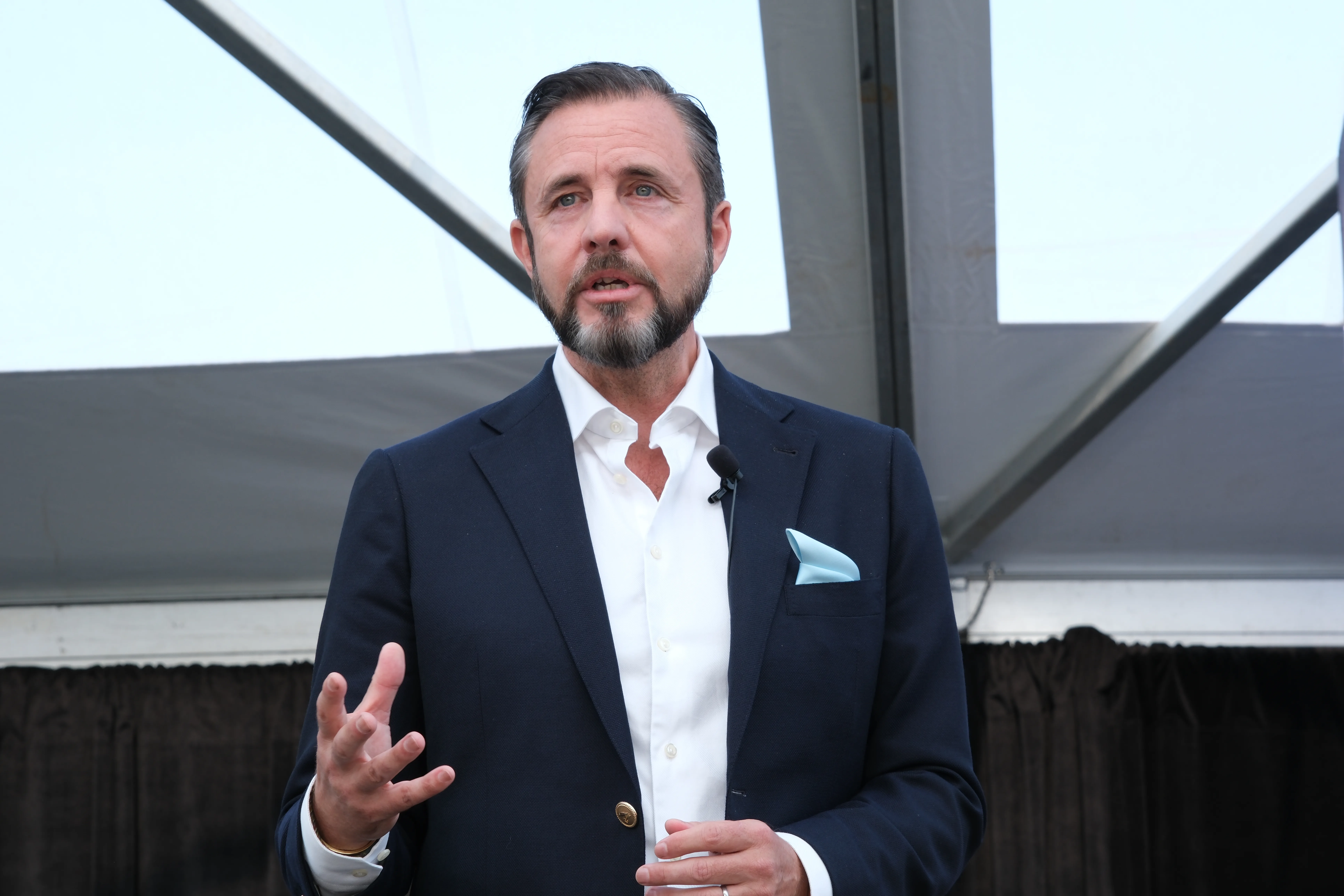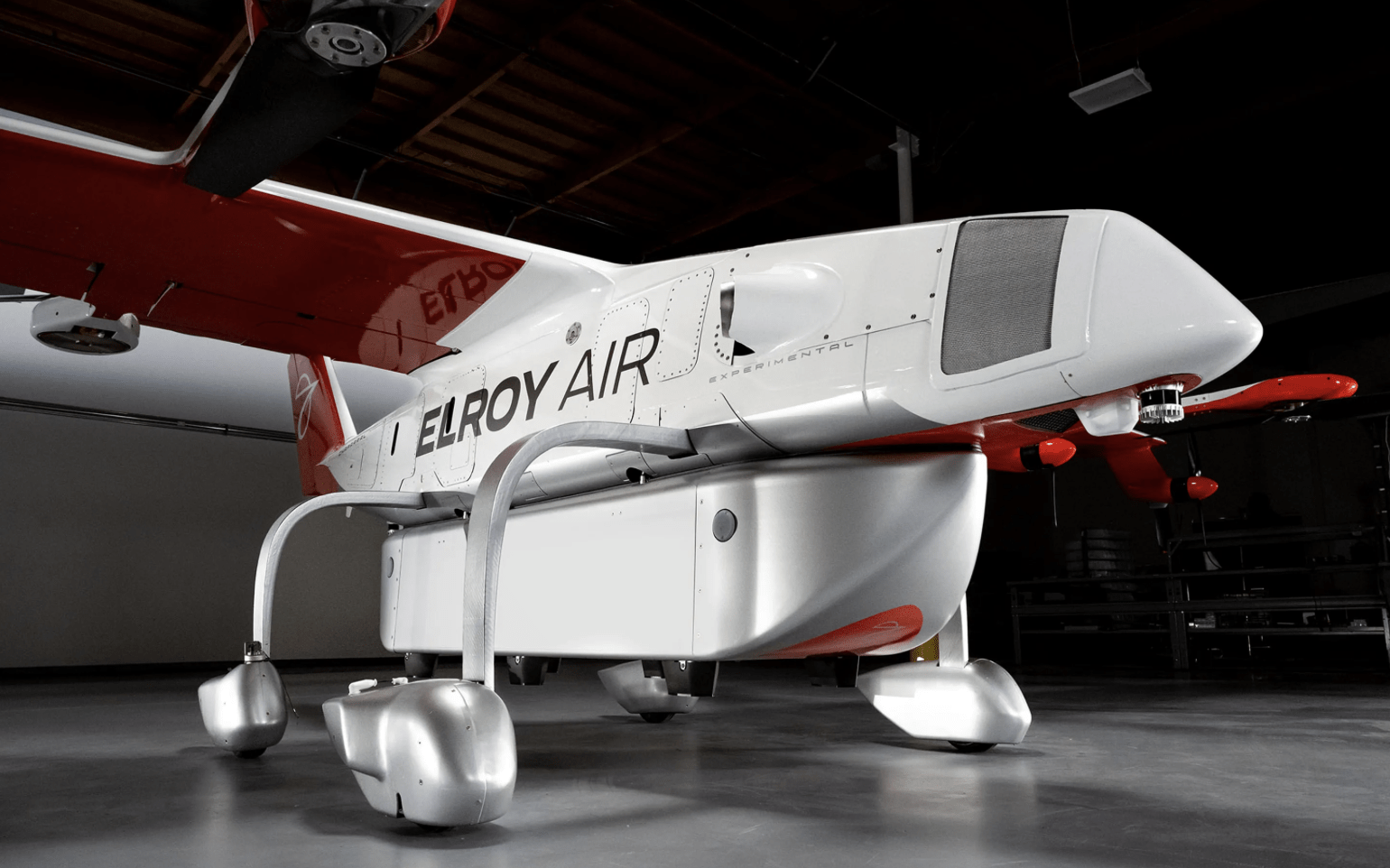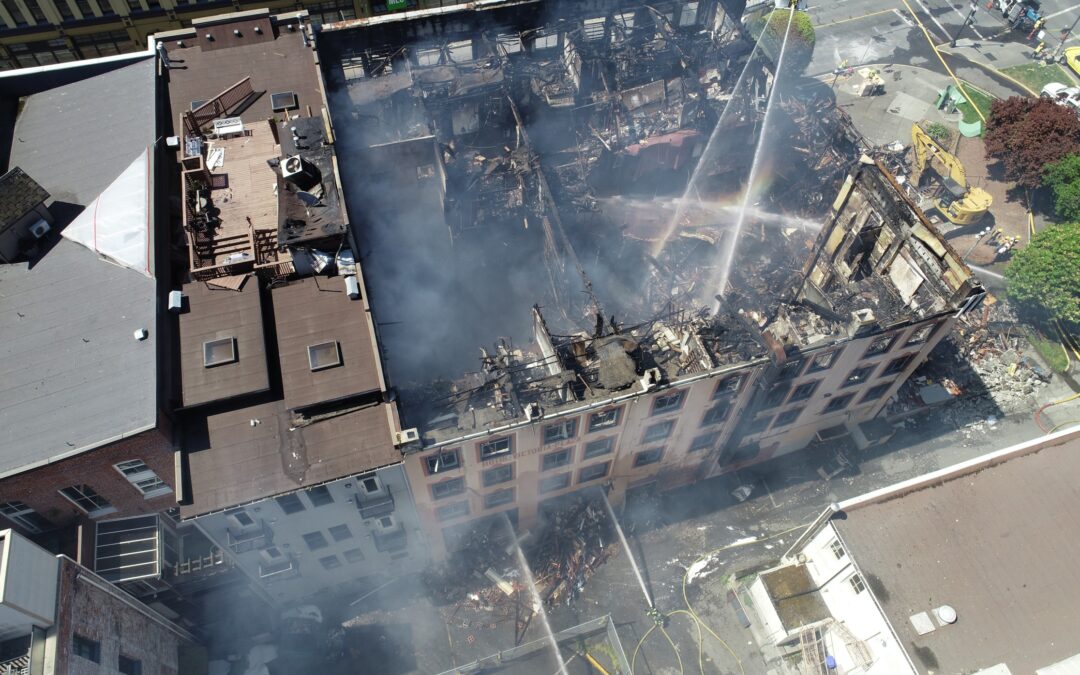By Scott Simmie
In recent years, drones have proven indispensable in the field of emergency services.
They’re routinely used to assess damage following disasters, to document serious accidents and allow roads to re-open sooner, for situational awareness during firefighting operations, Search and Rescue operations – and much more.
So as we head into a future of Smart Mobility and Smart Cities, it’s fair to assume that the role of drones will continue to grow. And that was the thrust of a panel at CAV Canada in Ottawa September 28 entitled “Aerial First Responders: Drones transforming emergency services.”
Moderated by InDro Robotics CEO Philip Reece, the panel brought together experts from the world of drones, EMT, AI/Machine Learning – and more.

THE EVENT
CAV Canada is an annual gathering devoted to the field of Connected and Autonomous Vehicles. And drones are very much a part of that sector.
Down the road, it’s anticipated that automated drone deliveries of critical supplies – including medicines and even organs for transplant – will be routine in major urban centres. The US Federal Aviation Administration is already talking about setting aside specific corridors for use by UAVs to help ensure they do not conflict with traditional crewed aircraft. So that connected, autonomous future is coming – and emergency response will be part of that world.
The panel included experts from various specialties within the drone world. Those participating were:
- Wade MacPherson, an Advanced Care Paramedic with the County of Renfrew and drone operator
- Sharon Rossmark, CEO of Women and Drones and a commercial aircraft pilot
- Dr. Robin Murphy, Raytheon Professor of Computer Science and Engineering at Texas A&M University and a specialist in drones and disaster response. (Dr. Murphy was involved with deploying drones following Hurricane Katrina in New Orleans back in 2005; the first use of drones in a US disaster scenario.)
- Jason Chow, Director of Strategy and Business Development with Elroy Air. The company is manufacturing an automated delivery aircraft that can carry 300 pounds of cargo in a quickly swappable pod
- Mathieu Lemay, CEO and Co-Founder of Lemay.ai and AuditMap.ai – and an authority on Artificial Intelligence and Machine Learning
Below: The panel. Philip Reece is on the far left; the other panel members appear in order above from L-R

GROWING USE OF DRONES
When it comes to emergency response, there’s no question that drones are now firmly part of the tool kit. And lately, it seems, there’s no shortage of disasters.
“Unfortunately we’re seeing more and more wildfires, more earthquakes, more floods – even tornadoes,” said Reece as he kicked off the session. Paramedic Wade Macpherson said it’s routine to deploy drones in his line of work.
MacPherson said his paramedic organization has eight drones that are used regularly. They’ve been used to deliver prescription medications during floods, in Search and Rescue missions, and for situational awareness. Not only can drones gather data or deliver critical medications, said MacPherson, but they also help keep other professionals out of harm’s way. He sees great potential for their use in delivering Automated External Defibrillators, which are used to help cardiac arrest patients. Research in Renfrew County has shown that a drone can deliver an AED unit faster than a speeding paramedic vehicle.
AEDs by drone, he said “could be an enormous game-changer…time is absolutely critical.” In fact, the odds an untreated cardiac patient will survive diminish by 10 per cent each subsequent minute following the event.
Recently, said MacPherson, the Renfrew paramedics were called to assist in locating a missing Canadian Forces helicopter that had crashed. And again, drones were deployed.
ELROY AIR
Most drones deployed in emergency response situations are smaller machines – with the smallest weighing just under 250 grams. While such machines can still prove useful for Search and Rescue and situational awareness, a growing number of companies are manufacturing larger uncrewed vehicles capable of greater range and cargo. Elroy Air is one of those companies.
“Our sweet spot is 300 pounds (cargo) and 300 miles (range),” said Jason Chow. Because the Elroy Air vehicle is a fixed-wing VTOL, it takes off and lands like a helicopter – meaning it doesn’t require a runway. Its cargo pod can be rapidly switched out. Chow says carrying humanitarian supplies and disaster relief are among the use-cases for such aircraft.
“(The aircraft can carry out) Search and Rescue, monitoring wildfires,” said Chow. “But the main one for us is the cargo pods, being able to go from a supply depot and move the different kinds of supplies the firefighters need to potentially dangerous areas where you don’t want helicopters flying.”
Using drones, he says, takes the risk and cost out of the equation. Medical supplies, food, water – even fuel or batteries – can be carried in those pods.
Below: The Elroy Air Chaparral, with cargo pod

AI, Machine Learning, Autonomy
Where things get really interesting is when you start layering in enhanced capabilities such as AI, Machine Learning, and autonomous flights.
Systems such as SkyScoutAi are capable of being automatically dispatched the moment AI detects the beginning of a wildfire. Data about the location and intensity of the burn can be quickly relayed to emergency responders. In other words, there’s a human “on the loop” – rather than someone manually operating the aircraft via remote control. It’s faster, more efficient, and should lead to earlier detection and mitigation.
The Elroy Air system also involves automated flights – and the company is exploring automation for loading the cargo pods. In a natural disaster or emergency, this would also mean that critical goods get to the required destination more quickly.
“We want to be able to prepackage all the cargo into these cargo pods so that you don’t have to be there in a dangerous environment,” said Chow. “That’s what we’re thinking about, extending the capabilities and reducing risk.”
The potential for AI appeals to paramedic MacPherson. He explained that while he’s confident about his paramedic skills, he doesn’t have the same proficiency when it comes to drones. An automated flight path for search and rescue operations, he said, would be more efficient than a paramedic manually operating the craft. “I’m an expert in paramedics and ultrasound, but not at all the latest drone techniques,” he said, adding that using AI to optimise the search path would be useful.
There was agreement elsewhere on the panel.
“It’s all about getting the right information to the right person at the right time,” said Dr. Robin Murphy. “How do you get it to them?…So AI’s got a huge role to play.”
TRAINING
There was also recognition that emergency response requires specialised skills. In the early days, it was enough to simply know how to pilot a drone. Not anymore.
“A lot of people think it’s about learning to fly the drone,” observed Sharon Rosemark of Women and Drones.
“What’s missing is the specific applications and expertise…So really helping people understand that the drone is a tool, but within that there are other applications and other opportunities.”
Below: An InDro Wayfinder drone, which has been used in trials for prescription drug delivery to remote locations

INDRO’S TAKE
InDro has long been involved with drones (and now robots!) and emergency response. We’ve carried out prescription drug deliveries, Automated External Defibrillator trials, and even shuttled COVID test supplies for an isolated First Nations community at the peak of the crisis. We’ve seen, first-hand, just how valuable these tools can be.
“There’s no question that drones and robots have become essential tools for First Responders,” says InDro Robotics CEO Philip Reece. “It’s also pretty clear that their utility will continue to grow. AI and automation will add both to their value – and to the number of applicable use-cases. We look forward to helping to push the envelope.”
A final FYI: InDro has carried out specialised drone training for First Responders for many years. We are now able to expand that training to include ground robots at the Drone and Advanced Robotics Training and Testing facility at Area X.O in Ottawa (which also features a huge, netted enclosure for drone training and evaluation). If you’re interested, please contact us here.

